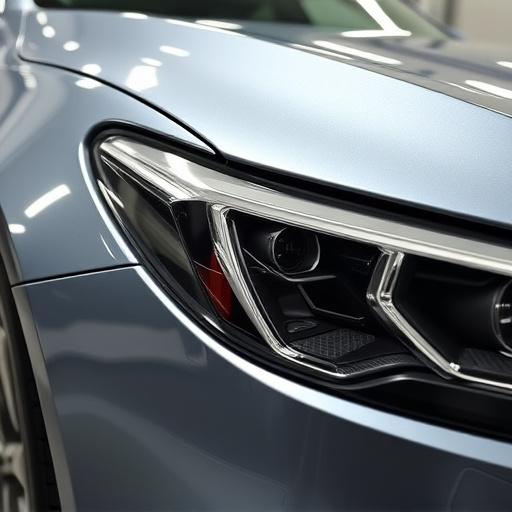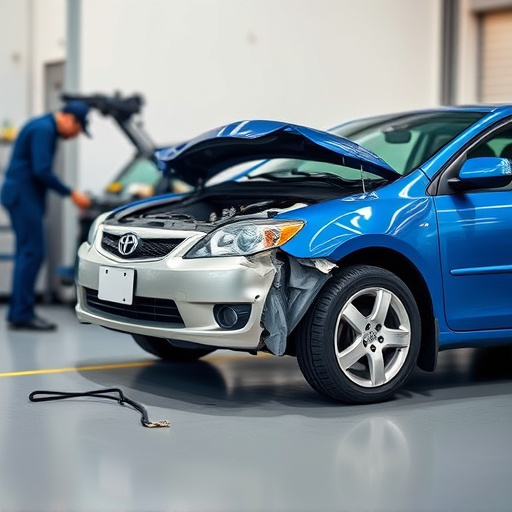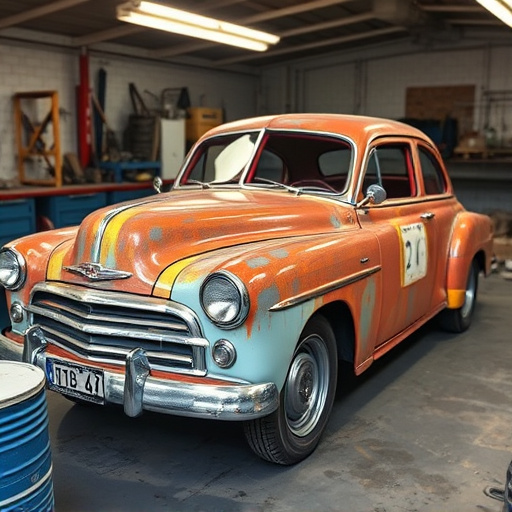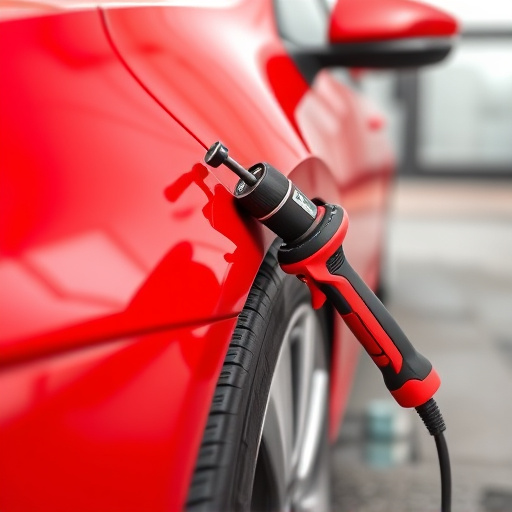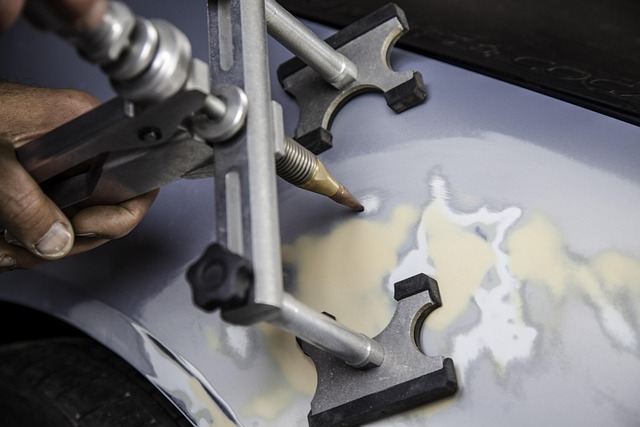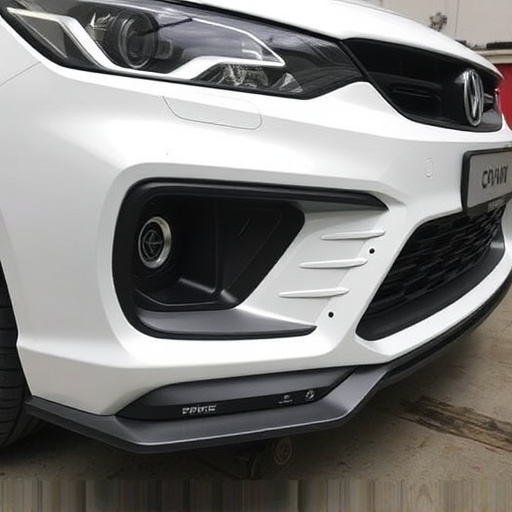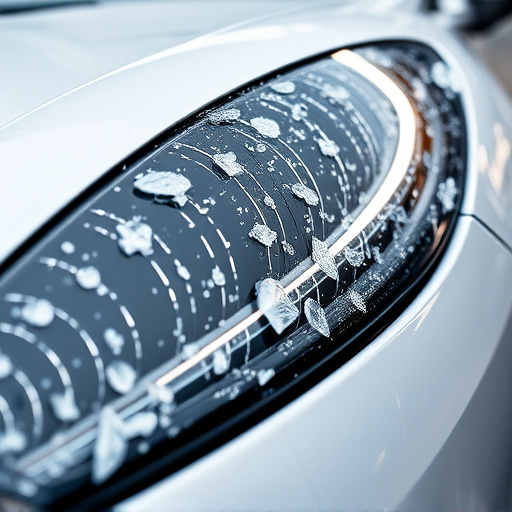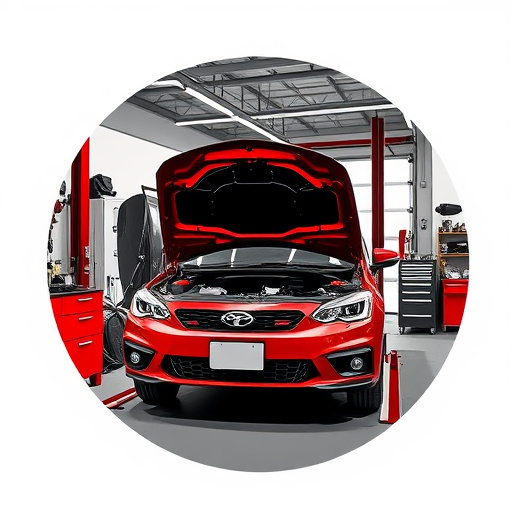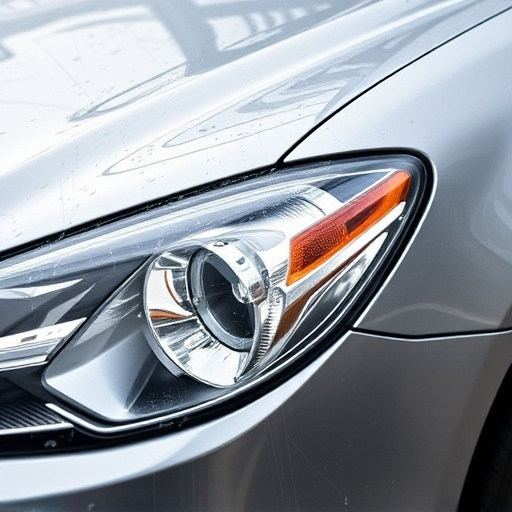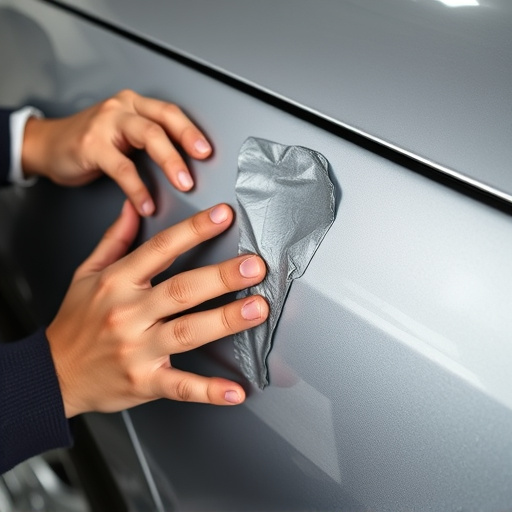Color sanding and buffing are essential processes in automotive restoration and enhancement, using specialized tools and abrasive materials to prepare surfaces for painting. This technique ensures seamless blending of new and repaired areas, ideal for bumper repair and bodywork, achieving perfect color matching and preserving vehicle appearance and resale value with stunning finishes. In various applications like collision repair and framing straightening, it enhances surface smoothness, durability, and paint adherence, ultimately restoring vehicles to pre-accident condition or ensuring uniform painting outcomes. Skilled technicians use appropriate grits systematically and maintain clean tools to achieve high-quality paint finishes, determining the final aesthetic of repaired vehicles.
“Color sanding and buffing are essential techniques in the paint preparation process, offering a smooth base for optimal coating results. This comprehensive guide delves into the intricacies of these methods, explaining how they work and their vital role in achieving professional finishes. From understanding the mechanics to mastering best practices, you’ll discover why color sanding and buffing are indispensable steps for any painting project. Enhance your skills and transform surfaces with this powerful duo.”
- Understanding Color Sanding and Buffing: A Comprehensive Overview
- The Role of Color Sanding and Buffing in Paint Preparation
- Best Practices for Effective Color Sanding and Buffing Techniques
Understanding Color Sanding and Buffing: A Comprehensive Overview

Color sanding and buffing is a meticulous process that plays a pivotal role in paint preparation for both automotive restoration and aesthetic enhancements. This technique involves the use of specialized tools and abrasive materials to smoothen, refine, and finish surfaces, ensuring a flawless base for subsequent painting or coating applications. By carefully controlling the grit of sandpaper and the buffing compounds, professionals can achieve a seamless blend between new and repaired areas, making it nearly impossible to detect the previous damage.
In a collision repair shop or tire services setting, color sanding and buffing are crucial steps in bumper repair and other bodywork processes. It helps to match the original paint color perfectly, preserving the vehicle’s overall appearance and resale value. This meticulous approach ensures that every imperfection, from minor scratches to larger dents, is addressed, resulting in a stunning, like-new finish.
The Role of Color Sanding and Buffing in Paint Preparation

Color sanding and buffing play a pivotal role in paint preparation, serving as essential steps to ensure a smooth and durable finish in various applications, from automotive collision repair to framing straightening. This meticulous process begins by removing any imperfections, such as scratches or uneven surfaces, through careful application of sandpaper of different grits. By smoothing the surface, it lays the foundation for effective paint adherence, guaranteeing a more long-lasting and aesthetically pleasing outcome.
Following sanding, buffing comes into play, utilizing specialized tools to further refine the surface. This step not only enhances the visual appeal but also improves the overall quality of the paint job. In automotive collision repair, for instance, color sanding and buffing are crucial in restoring vehicles to their pre-accident condition, ensuring seamless integration of new paint with existing surfaces. The process is equally vital in framing straightening, where it helps to prepare wooden frames for painting, resulting in a professional and uniform finish.
Best Practices for Effective Color Sanding and Buffing Techniques
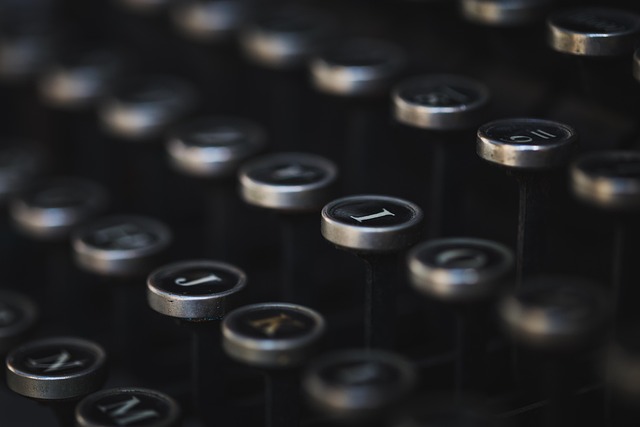
When performing color sanding and buffing for paint preparation, it’s essential to adhere to best practices to achieve optimal results. Start by selecting the right sandpaper grits tailored to your project’s specific needs, gradually working from coarse to fine to ensure a smooth finish. Proper technique is paramount; apply even pressure while maintaining a consistent speed to avoid scorching or uneven surfaces. Regular cleaning of tools and work areas with appropriate solvents prevents debris buildup, which can damage the paint job.
In an automotive body shop or collision repair services environment, these techniques play a pivotal role in preparing vehicles for repainting. Skilled technicians understand that precise color sanding and buffing not only smoothen the auto frame repair but also enable the successful application of new paint, ensuring a durable and glossy finish. Remember, attention to detail at this stage directly impacts the final aesthetic quality of the vehicle.
Color sanding and buffing are indispensable techniques in paint preparation, ensuring a smooth and even finish. By removing surface imperfections and creating a uniform base, these processes significantly enhance the quality of subsequent painting work. Understanding their role and implementing best practices will not only streamline your prep work but also lead to more professional and durable paint applications. Master these techniques, and you’ll be well-equipped to transform any project into a true work of art.
